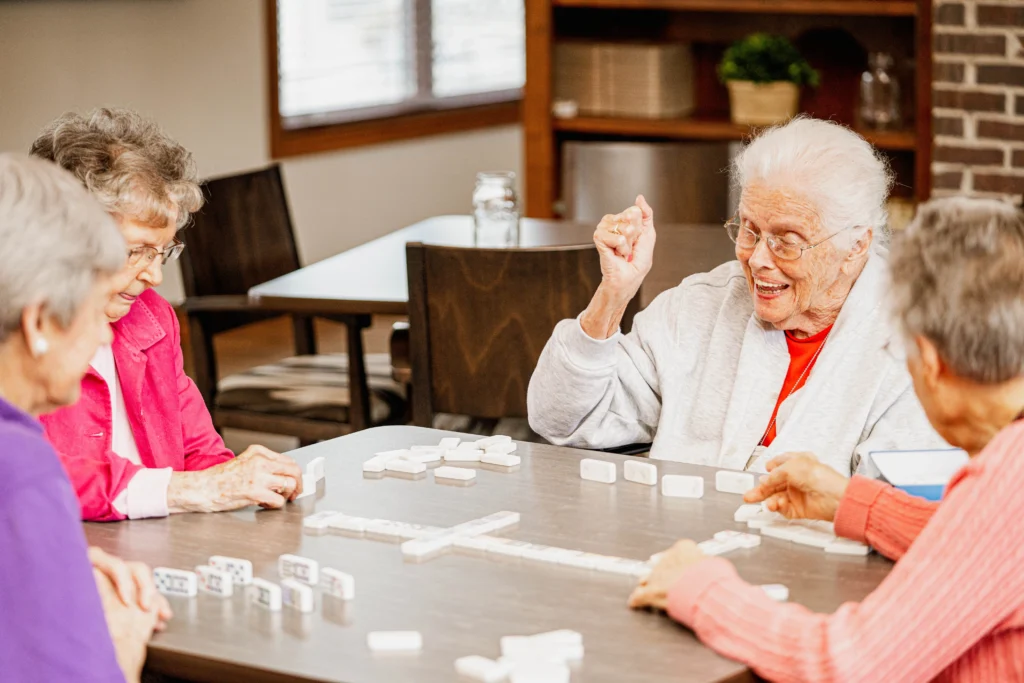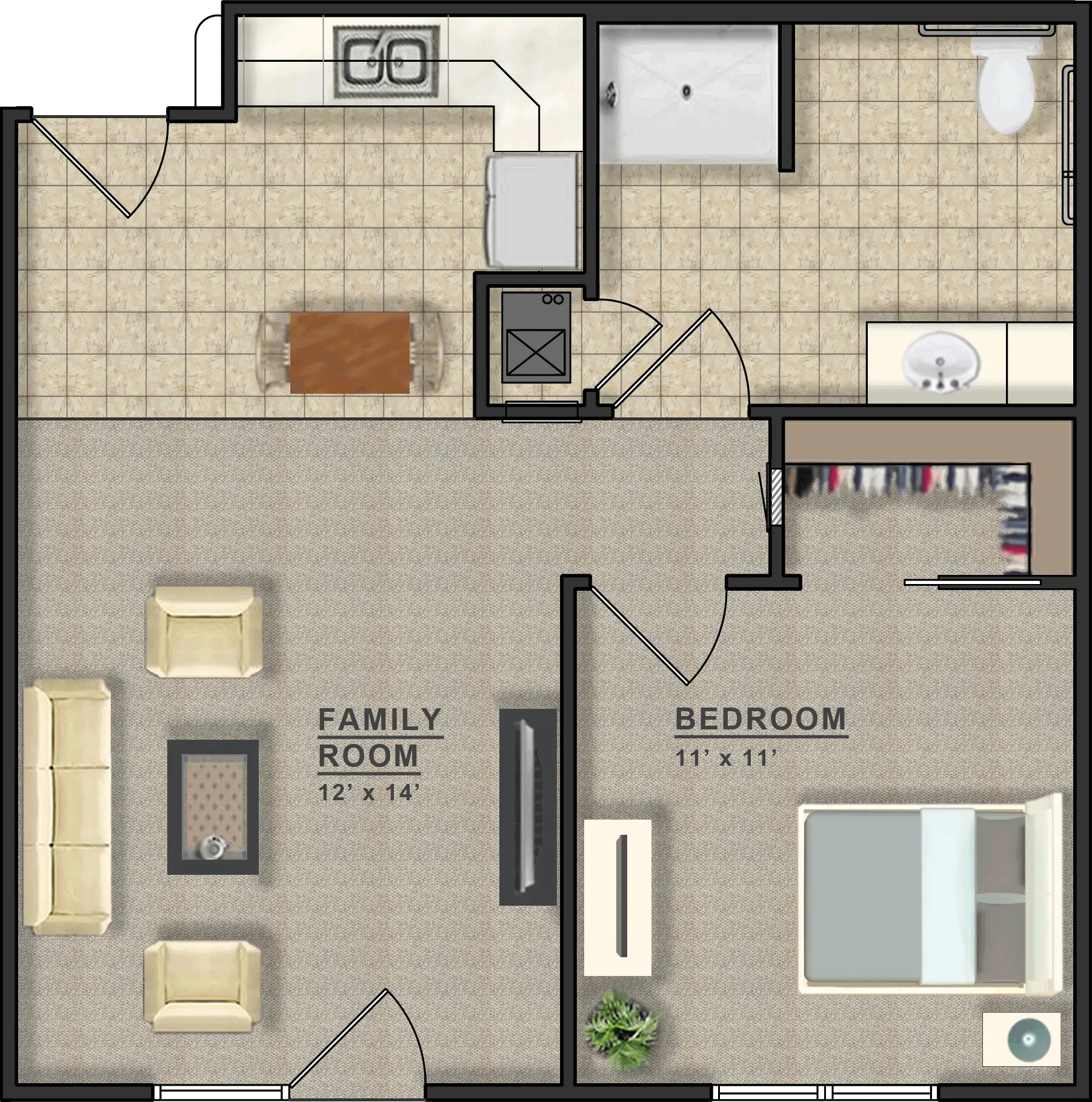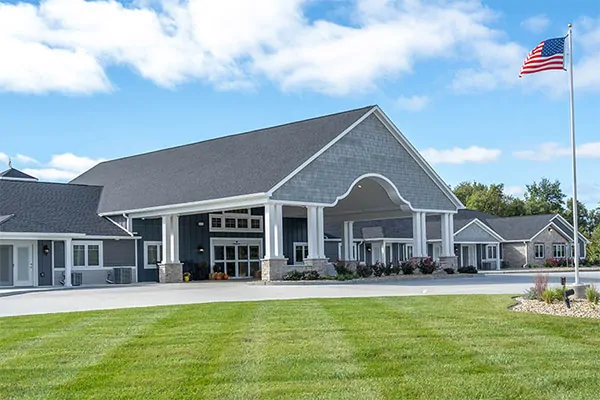SENIOR LIVING
What to Expect from Your Loved One as They Move Into Senior Living
- Villas of Holly Brook
- August 1, 2025

Making the decision to move a loved one into senior living is one of the most emotional and personal journeys a family can go through. Whether it’s been a long time coming or a recent decision due to health or safety concerns, the transition comes with many unknowns — not just about the logistics of the move, but about how your loved one will feel, act, and adjust.
We understand how overwhelming this process can be. That’s why we’ve created this guide: to help you know what to expect emotionally and behaviorally from your loved one as they make this important life transition. Knowing what’s normal — and what might need extra attention — can give you peace of mind and help you support them in the best possible way.
Before the Move: Emotional and Mental Preparation
Before the physical move even begins, emotions often run high. Your loved one might seem agreeable on the surface but inwardly be struggling with fear, sadness, or even resentment. This is perfectly natural.
Many older adults experience a deep sense of grief — even if they understand the need for the move. They’re leaving behind a home filled with memories, routines, independence, and perhaps a feeling of control over their life. It’s not uncommon for them to express this through hesitation, passive resistance, or even outright denial.
They may say things like:
“I’m not ready yet.”
“Why don’t you just wait a little longer?”
“I can still manage on my own.”
These aren’t just excuses — they’re expressions of loss and anxiety.
As a family member, you can help ease this stage by:
- Including them in decisions: Let them choose furniture, décor, or even the room they’ll move into.
- Making visits ahead of time: Familiarity helps. If possible, attend an event at the community with them before moving day.
- Having open, judgment-free conversations: Let them express their fears, and reassure them that you’re in this together.
Remember: even seniors who understand the move is for the best may still grieve the life they’re leaving behind.
The First Week: Adjustment and Overwhelm
The first few days after the move are often the hardest for everyone involved. Your loved one may feel disoriented, emotionally drained, or even angry. You might hear them say things like:
“I don’t belong here.”
“This isn’t home.”
“Why did you do this to me?”
This is a critical adjustment period. Even in the most welcoming and friendly senior living communities, change is stressful — especially for older adults who thrive on routine and familiarity.
You might notice:
- Increased forgetfulness or confusion, even if there’s no cognitive decline.
- A desire to stay in their room or avoid community activities.
- Short temper or emotional outbursts.
- Clinging to you during visits or frequent phone calls asking to come home.
What you can do:
- Visit — but not too often: Daily visits may prevent them from engaging with others, while long gaps may increase loneliness. Strike a healthy balance.
- Encourage gentle participation: Suggest one small activity to try — a game, a meal in the dining room, or a walk around the grounds.
- Don’t take it personally: If they lash out or withdraw, know it’s part of the adjustment. Remain calm, patient, and consistent.
Often, the first week is about emotional survival for your loved one. The best support you can give is your presence, reassurance, and understanding.
The First Month: Finding Rhythm
As the first few weeks unfold, you’ll likely begin to see shifts in your loved one’s behavior — some positive, some still difficult.
They may start showing curiosity about other residents or exploring the schedule of activities. Or they may remain hesitant, participating very little but showing signs of settling in, like organizing their room or forming a routine.
During this period, your loved one might start comparing life “before” and life “now.” It’s not uncommon to hear comments like:
“The food is okay, but I miss my own kitchen.”
“The staff is nice, but it still feels strange.”
“It’s not home, but I’m getting used to it.”
You can help during this phase by:
- Celebrating small wins: “I’m so glad you went to Bingo night!” — this validation goes a long way.
- Continuing familiar traditions: Bring their favorite snack on your visit or set up regular Sunday calls to create new rhythms.
- Being in touch with staff: Caregivers can let you know what’s going well or where they may need encouragement.
This month is often a turning point. Many families report that their loved one slowly begins to feel more secure, and even begins to enjoy the things the community offers.
Long-Term Adjustment: Acceptance and Belonging
After a few months, many seniors begin to feel a true sense of belonging. Relationships with staff and neighbors blossom. The fear of losing independence begins to fade, replaced by a sense of renewed confidence — thanks to the support, safety, and socialization senior living can offer.
They may start participating in more activities, remembering staff by name, or talking about community events with genuine interest. You may even hear them say things like:
“I’m so glad I don’t have to cook anymore.”
“I have a friend who reminds me of my neighbor back home.”
“It’s not what I expected — it’s better.”
This is the stage where many adult children finally feel a sense of peace. The guilt begins to ease as they witness their loved one settling in and even thriving.
You can nurture this stage by:
- Staying engaged: Attend holiday parties, community events, or family nights.
- Maintaining emotional closeness: Regular visits, calls, or even letters make your loved one feel anchored.
- Letting go of guilt: If your loved one is adjusting well, allow yourself to embrace that this was the right decision.
Of course, even with a good adjustment, your loved one may still feel sadness or nostalgia — especially on birthdays, anniversaries, or holidays. That’s normal. It doesn’t mean the move was a mistake; it just means they are human.
When to Seek Extra Support
While most residents do adjust over time, it’s important to recognize when your loved one may need more help.
Red flags to watch for:
- Persistent depression or disinterest after several months.
- Refusal to eat, bathe, or leave their room.
- Hostility or fear toward staff or other residents.
- Expressions of hopelessness or extreme loneliness.
If you see these signs:
- Talk with the senior living community team immediately. They may suggest changes to care routines, therapy, or a wellness evaluation.
- Explore counseling services. Many retirement facilities have access to grief counselors or therapists.
- Reassess whether the current care level is appropriate — for example, does your loved one need memory care rather than assisted living?
Being proactive can make a world of difference.
Moving into senior living is not just a physical relocation — it’s an emotional journey for everyone involved. Your loved one may cycle through fear, grief, frustration, and eventually — if given the support they need — acceptance and even joy.
It’s important to remember: adjustment takes time, and every individual’s journey is different.
Be patient with your loved one. Be patient with yourself. You’re doing your best, and that matters. The fact that you’re reading this means you care — and that love and support will help carry your family through this transition.




































